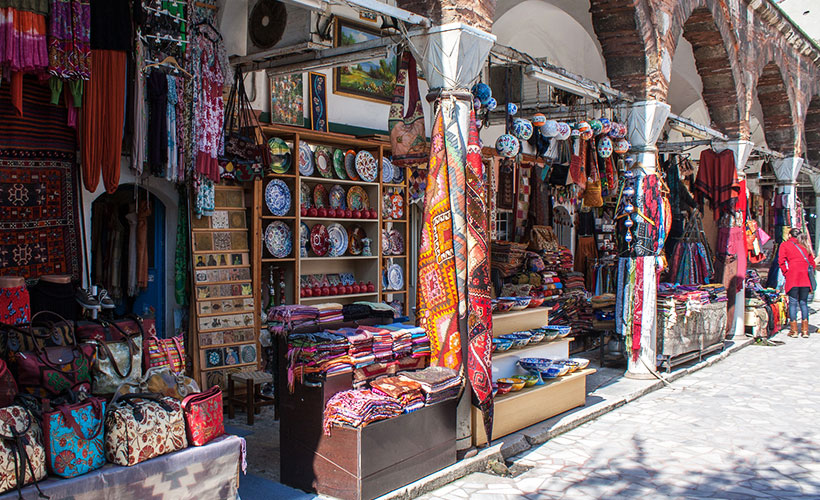Wazir Khan Mosque
The Mosque Wazir Khan is one of the delightful, rich, and shocking Mosques of the world and is an extraordinary milestone of engineering. The Wazir Khan Mosque is excellent recognition of Allah Almighty's significance and is viewed as one of the delightful and rich Mosques on the planet.
Mosque Wazir Khan has a sublime history and is the most tremendous sight in the capital culture of Pakistan. With its magnificence, Wazir Khan Mosque remains close to the Delhi door of internal Lahore which is additionally called a walled city.
The Mosque of Wazir Khan is popular for its vivid fresco and tile beautification, both in its inside and outside. The Wazir Khan Mosque is the most complicatedly designed Mosque of the Mughal time of the seventeenth century which held its situation as the primary spot of love in the old town of Lahore, the capital of the Punjab region of Pakistan.
History of Wazir Khan Mosque:-
Wazir Khan Mosque was worked by the Governor of Punjab Hakim Ali-ud-din commotion in 1634. Development of the Mosque started under the reign of Mughal Emperor Shah Jahan in either 1634 or 1635 and was finished in around seven years.
Wazir Khan Mosque was important for a more noteworthy multi-layered which incorporated a line of shops that generally held the practice of calligraphers and bookbinders, before the Mosque's principal entrance there is a town square.
Highlights of Mosque Wazir Khan are the main illustration of a goal fabricated prevailing Asian Charsu Bazaar, or of the four-pivot Bazar despite the fact that in the Mosque Wazir Khan type two of the four-hub are joined as the Mosques method of passage while two other from the calligrapher's Bazaar.
The line of shops with the expansion that shaped the Calligraphers Bazaar, the space additionally leased by the Mosque to the vendors in the Mosque northern and eastern frontages just as ran the close by Shahi Hammam. As a waqf, the incomes were intended to serve from these hot spots for the upkeep of the Mosque.
Construction of Wazir Khan Mosque:-
The Mosque Wazir Khan measures 279 Feet by 159 feet with the long pivot comparable to the illustrious Road which is otherwise called Shahi Guzargah. The Mosque is altogether developed in cut and dressed blocks laid in kankar lime with a sparse sprinkling of red sandstone in the entryway and the transept. The supplication chamber on the west side is separated into five compartments by monstrous docks bearing wide, four focused curves, and every compartment is delegated by a vault.
The Mosques inside are luxuriously adorned with frescoes that incorporate Mughal and nearby Punjabi beautiful customs, while the outside of the Mosque was richly enriched with multifaceted Persian-style Kashi - Kari tile work.
A wonderful boundary is conveyed rectangular round the middle opening, and engravings in Persian characters happen in an external line, in a longboard over the entrance, and in even boards along the upper bits of the lower dividers to right and left. The spandrels are filled in with incredibly fine plans. The surface was left for mortar, the impact of the exquisite shadings against the delicate blue of a Punjabi sky, and soaked with splendid daylight and sparkling purple shadow is incredibly rich and gem-like. The Mosque is likewise beautified with striking calligraphy in the supplication corridor.
The highlights of the Mosque are profoundly pointed by the point of Mughal frescoes. Dissimilar to the advanced Shah Jahan Mosque in the region of Sindh, the inside of the dividers of Wazir khan Mosque are mortared and embellished with exceptionally definite frescoes.
 |
The vault's underside highlights frescoes showing trees two by two, wine pitchers, and products of platters which are the Islamic idea of heaven.













0 Comments